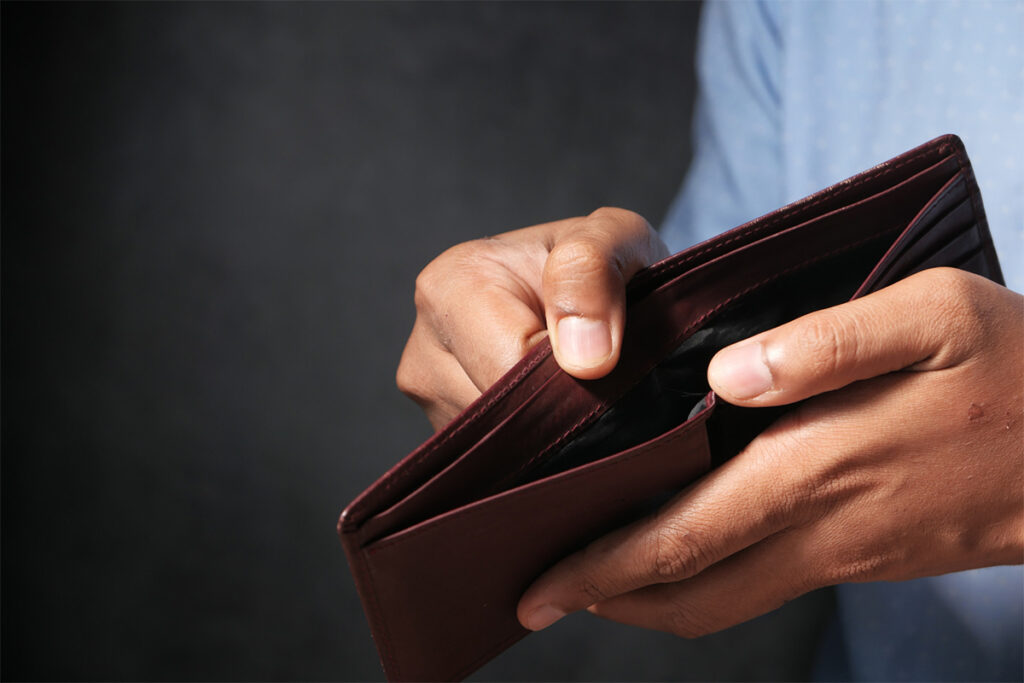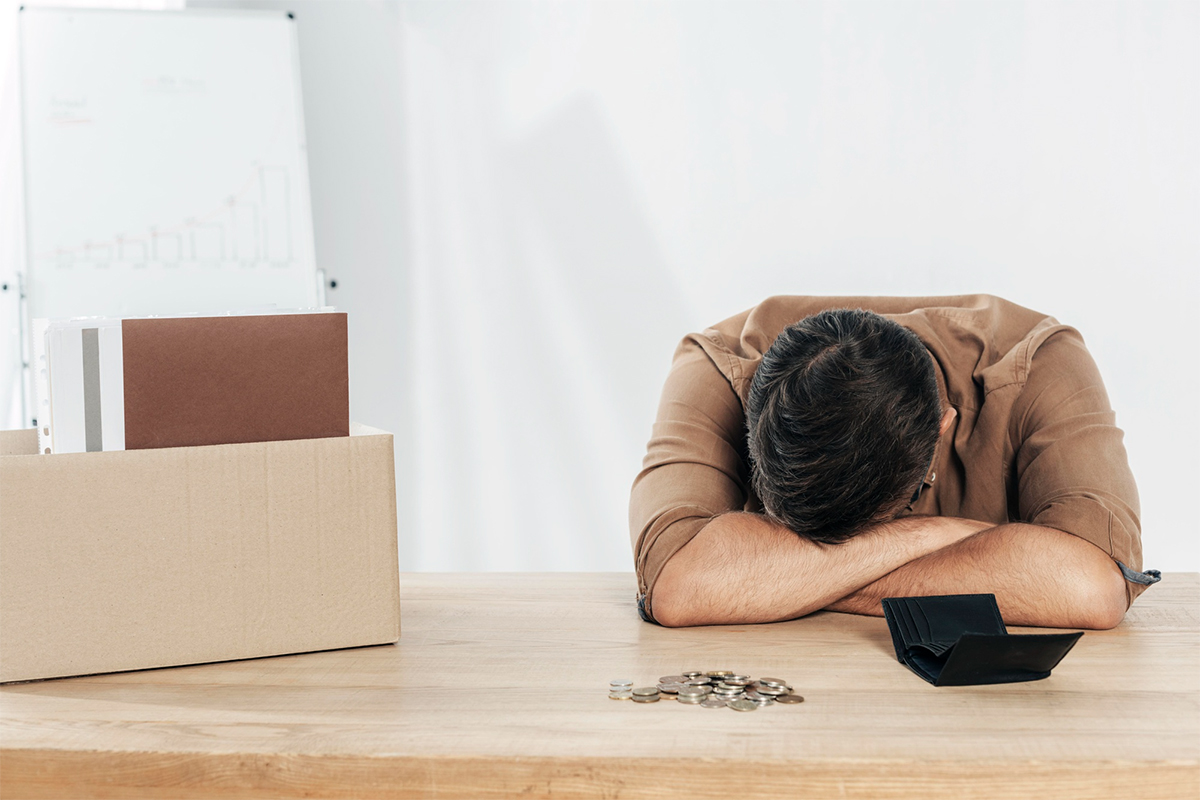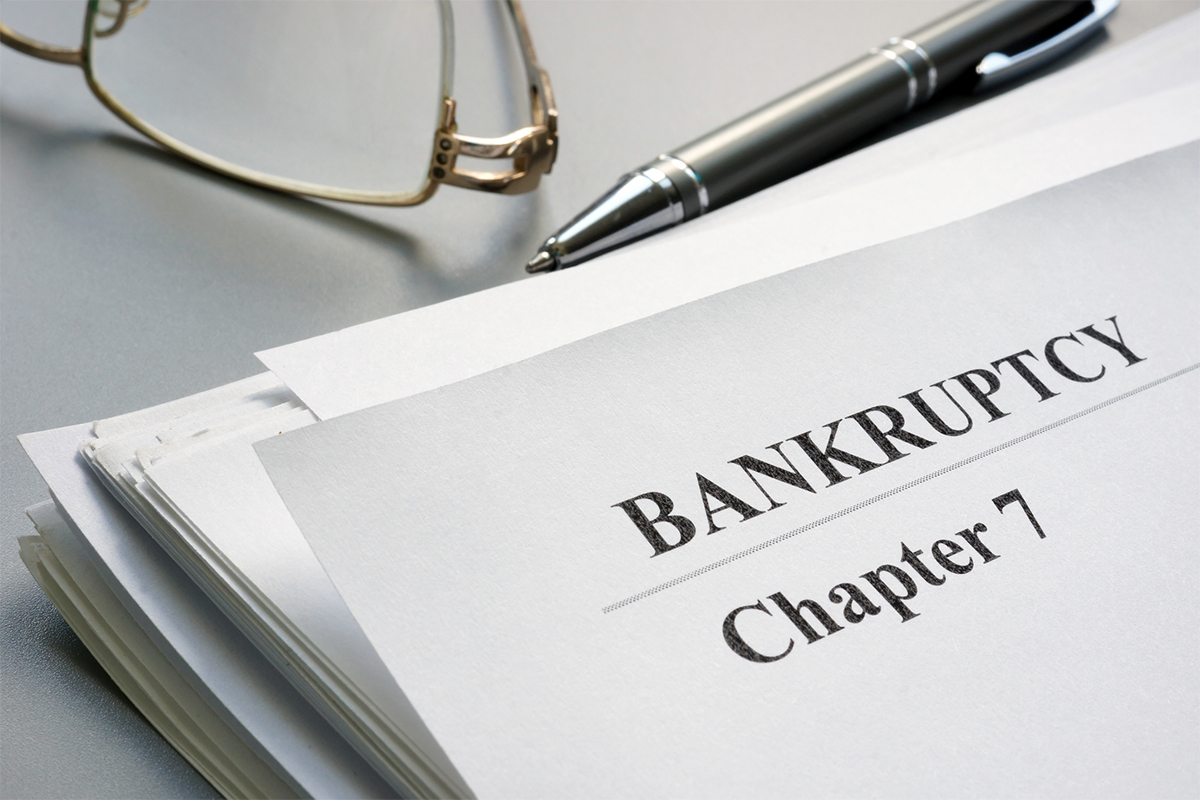Definition of Bankruptcy
Bankruptcy filing is a legal process that helps individuals and businesses who are unable to repay their debts eliminate or restructure their financial obligations.
It offers relief to those who are overwhelmed by debt and provides a fresh start by either discharging debts or establishing a repayment plan. Bankruptcy can be a complex process, and it is helpful to understand the advantages and disadvantages associated with filing for bankruptcy.
By gaining a comprehensive understanding, individuals can make informed decisions about whether bankruptcy is the right path for them to achieve debt relief and financial stability.

Overview of the Bankruptcy Process
The process of filing for bankruptcy involves submitting a petition to the U.S. Bankruptcy Court. This petition provides detailed information about the individual or business:
- assets
- expenditures
- income
- liabilities
Debtors often seek legal assistance when navigating the complex bankruptcy process, although some choose to represent themselves.
After filing for bankruptcy, debtors must complete credit counseling courses before their case can proceed. They may also be required to attend a meeting of creditors, where they will be questioned by a bankruptcy trustee.
Depending on the type of bankruptcy filed, debtors may have to sell certain assets to repay creditors (Chapter 7 bankruptcy) or establish a repayment plan to gradually repay their outstanding debts (Chapter 13 bankruptcy).
In some cases, debtors may be able to discharge certain types of debt, such as credit card debt and medical bills.
It is important to consult with an experienced bankruptcy law firm to fully understand the bankruptcy process and determine the best course of action based on individual circumstances.
Pros of Filing for Bankruptcy
Automatic Stay
The concept of the automatic stay in bankruptcy is one of the key benefits of bankruptcy for individuals considering filing for bankruptcy.
When a person files for bankruptcy, an automatic stay is put in place, halting creditor actions and debt collection activities. This provides the filer with immediate relief and protection while their bankruptcy case progresses.
The automatic stay prevents creditors from pursuing legal actions against the filer, such as court proceedings and wage garnishments.
This automatic stay stops all collection actions (including harassing phone calls from debt collectors) and wage garnishments, by creditors. [1]
It also puts a stop to foreclosure proceedings, giving the filer the opportunity to potentially save their home.
This can greatly alleviate the stress and anxiety associated with creditor harassment, allowing the filer to focus on their financial situation and the bankruptcy process itself.

Discharge of Unsecured Debts
Discharging unsecured debts is one of the key benefits of filing for bankruptcy. Unsecured debts are those that are not tied to any collateral, such as credit card debts, medical debts, and personal loans.
During the bankruptcy process, the bankruptcy filer may be able to have most, if not all, of their unsecured debts discharged.
When a debt is discharged, it means that the filer is released from personal responsibility for that debt. In other words, they are no longer legally obligated to repay it. This can provide a significant amount of relief for individuals facing overwhelming debt.
It’s important to note that not all unsecured debts can be discharged in bankruptcy. While most debts can be forgiven, there are certain exceptions.
Debts such as alimony, child support, tax liens, and federal student loans are typically not dischargeable in bankruptcy. Debts resulting from personal injury caused by intoxicated drivers may also be excluded from discharge.
It’s beneficial to consult with an experienced bankruptcy attorney to understand which debts can be discharged in your specific situation.
They can guide you through the bankruptcy process and help you navigate the complexities of debt discharge.
Debt Relief from Wage Garnishments and Repossessions
Filing for bankruptcy can provide significant debt relief, especially when it comes to wage garnishments and repossessions.
Wage garnishments occur when a creditor legally obtains a court order to deduct a portion of an individual’s wages to repay debt.
This can result in a significant financial burden and make it even more challenging to meet basic living expenses.
With the automatic stay in place through bankruptcy, wage garnishments are immediately halted, providing quick relief and allowing individuals to start rebuilding their financial stability.
Similarly, bankruptcy can also prevent the repossession of assets, such as vehicles, by creditors. Repossession occurs when a debtor falls behind on loan repayments and the creditor seizes the property to recover their losses.

Ability to Rebuild Credit Score After Chapter 7 Bankruptcy
After filing for Chapter 7 bankruptcy, individuals may wonder if it is possible to rebuild their credit score. While bankruptcy does have a negative impact on one’s credit, there are steps individuals can take to start rebuilding their creditworthiness.
One effective strategy is to obtain a secured credit card. With a secured card, individuals provide a cash deposit as collateral, which serves as the credit limit.
By using the card responsibly and making on-time payments, individuals can demonstrate their ability to manage credit and gradually rebuild their credit score.
Another key factor in credit score recovery is making all payments on time. This applies not only to the secured credit card but also to any other bills or debt payments that individuals may have. Timely payments show financial responsibility and can have a positive impact on credit standing.
Keeping credit utilization low is crucial. This means using only a small percentage of the available credit on the secured card and avoiding maxing out credit limits. Lower credit utilization demonstrates financial stability and responsible credit management.
Erase Certain Tax Debts (Chapter 7)
Chapter 7 bankruptcy provides individuals with the opportunity to eliminate certain tax debts. Although tax debts are generally not dischargeable in bankruptcy, Chapter 7 offers a chance to clear tax debts that are older than three years.
One of the key benefits of eliminating tax debts through Chapter 7 is the relief it brings to individuals who are burdened by outstanding taxes. By erasing these debts, individuals can experience financial freedom and a fresh start.
Another advantage is that Chapter 7 allows individuals to discharge other types of debts as well, such as credit card debt and medical bills.
This comprehensive relief from debt can help individuals regain control of their finances and alleviate the stress associated with overwhelming debt.
Chapter 7 bankruptcy provides protection from collection actions and wage garnishments. Once the bankruptcy is filed, an automatic stay is put in place, preventing creditors from taking further action to collect on debts.
This can provide individuals with a sense of relief and protection during the bankruptcy process.

Stopping Interest Accumulation on Student Loans (Chapter 13)
Filing for Chapter 13 bankruptcy can provide individuals with a practical solution to stop the accumulation of interest on their student loans. Under Chapter 13, individuals can create a manageable repayment plan to address their debts, including student loans.
Unlike Chapter 7 bankruptcy, which focuses on the discharge of debts, Chapter 13 allows individuals to reorganize their debts and create a repayment plan over a period of three to five years.
During this time, the individual makes monthly payments that are determined based on their income and expenses.
The key advantage for individuals with student loans is that Chapter 13 bankruptcy can help stop the accumulation of interest on these loans.
Through the repayment plan, individuals can allocate a portion of their monthly payments towards their student loan debts, preventing further interest from accruing.
This provides an opportunity for individuals to gain control over their outstanding debts, including student loan debt, and slowly work towards paying it off.
It is important to consider the lasting credit implications of bankruptcy. Filing for Chapter 13 bankruptcy will appear on an individual’s credit report for up to seven years.
This can make it more challenging to obtain new loans or credit in the future. It is crucial for individuals to carefully weigh the pros and cons before deciding to file for bankruptcy.
Lower Monthly Payments and Payment Plans (Chapter 13)
Unlike Chapter 7 bankruptcy, which focuses on discharging outstanding debts, Chapter 13 allows debtors to reorganize their debts and establish a repayment plan over a period of three to five years.
One of the key advantages of Chapter 13 bankruptcy is the ability to reduce monthly payments to more manageable levels. The repayment plan is determined based on the debtor’s financial situation and ability to repay.
This means that individuals can negotiate lower monthly payments that better align with their income and expenses. This can provide a significant sense of relief and control over one’s financial situation.
Payment plans in Chapter 13 bankruptcy also provide debtors with structured and predictable repayment options.
Debtors are required to make these monthly payments for the specified period, allowing them to systematically pay off their debts. This can help individuals better budget their finances and work towards becoming debt-free.
It is important for individuals to fully understand the implications and requirements of Chapter 13 bankruptcy before making this decision.
Consulting with an experienced bankruptcy lawyer can help individuals navigate the process and make informed choices regarding their financial future.

Cons of Filing for Bankruptcy
Damage to Credit Score & Reports
Filing bankruptcy can have a significant impact on your credit score and credit reports, leading to some potential challenges in the future.
One of the main drawbacks of bankruptcy is that it stays on your credit report for up to 10 years, making it difficult to obtain new credit cards or loans during this period.
The negative impact of bankruptcy on your credit score can limit your financial options as lenders may consider you a high-risk borrower.
This can result in higher interest rates and less favorable loan terms if you are able to secure credit at all. Filing may also affect your ability to rent an apartment or get certain types of insurance.
It’s important to note that these effects are temporary, and there are steps you can take to rebuild your credit over time.
By consistently paying bills on time, managing credit responsibly, and gradually rebuilding a positive credit history, you can improve your credit score and regain access to new credit cards and loans.
While the short-term effects of bankruptcy on credit scores and reports are indeed challenging, it’s important to weigh them against the potential benefits that bankruptcy can bring, such as debt relief and a fresh financial start.
Potential Loss of Assets
When filing for bankruptcy, one of the potential drawbacks is the potential loss of assets. This loss can occur due to the liquidation process in Chapter 7 bankruptcy.
Chapter 7 bankruptcy involves the liquidation of assets to repay creditors. The bankruptcy trustee will evaluate your assets and determine which ones are considered nonexempt property.
Nonexempt property is typically sold to generate funds to repay your outstanding debts. Some common examples of nonexempt assets that may be sold include:
- expensive vehicles
- high-value jewelry
- luxurious items
- properties

It’s important to note that each state has its own specific exemptions. These exemptions allow you to protect certain assets from being sold during the bankruptcy process.
State laws can vary, so it’s important to check the local laws to ensure you have accurate information.
While the potential loss of assets may be one of the potential cons of Chapter 7 bankruptcy, it’s essential to consider the bigger picture.
Difficulty in Obtaining New Credit Cards or Loans After Discharge
One of the difficulties individuals may face after their debts have been discharged is obtaining new credit cards or loans.
This is because bankruptcy can have a significant impact on a person’s credit report and credit score, making it challenging to gain approval for credit.
Potential lenders and creditors will see this negative mark for up to 10 years when evaluating an individual’s creditworthiness.
This can lead to increased difficulty in obtaining new credit cards or loans, as lenders may view the individual as a higher-risk borrower.
Even if an individual is able to obtain credit after bankruptcy, reporting the bankruptcy when applying for credit can increase the chances of being denied or may result in higher interest rates.
Lenders may consider the individual’s past bankruptcy as a reflection of their ability to manage debt, leading to a higher perceived risk.
Decisions about Bankruptcy
It is important for individuals who are overwhelmed with debt to carefully consider the pros and cons of filing for bankruptcy before making a decision.
On the positive side, bankruptcy can provide relief from overwhelming debt, protect valuable assets, and offer a fresh start financially. However, it also comes with certain drawbacks, such as the potential impact on credit scores, limited access to credit in the future, and the possibility of losing non-exempt assets.
Consult with a knowledgeable bankruptcy attorney who can assess the unique circumstances and provide guidance on the best course of action. Ultimately, the decision to file for bankruptcy should be made with a full understanding of the long-term consequences and a realistic assessment of the available alternatives.
If you are struggling with finances and are looking for an experienced Michigan bankruptcy attorney to help you make the decision. Contact us for a free consultation.
Source
[1] Chapter 7 – Bankruptcy Basics. (n.d.). United States Courts. https://www.uscourts.gov/services-forms/bankruptcy/bankruptcy-basics/chapter-7-bankruptcy-basics




